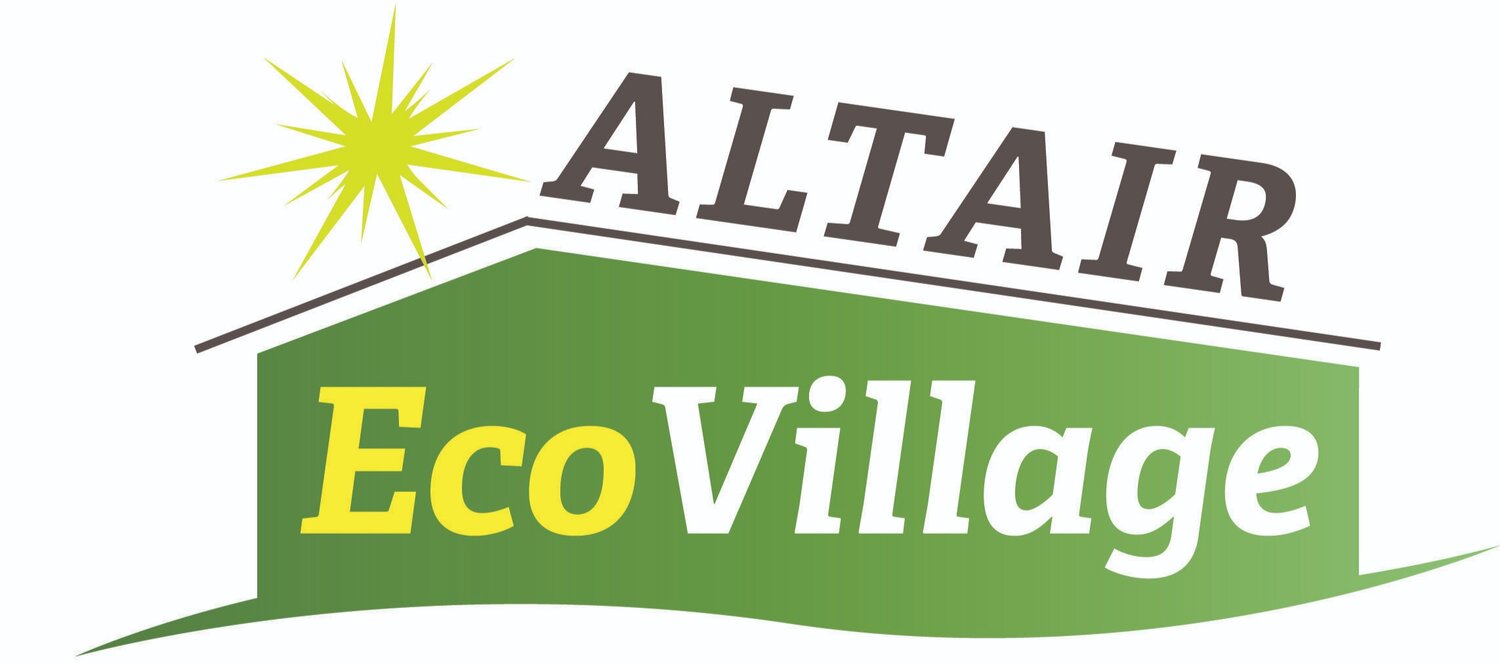Why Senior Cohousing is the Future of Retirement: A Closer Look at the Altair EcoVillage Model
/Hello! My name is Anthony Moleski, and I’m a senior at Penn State Abington, majoring in Marketing. As part of my journey toward a career in marketing, I’m currently interning with Altair EcoVillage. Through my role, I’ve been learning firsthand about sustainable living and senior cohousing, and I’m excited to share through blogging my insights and what I have learned!
As we progress in age, the choice of where and how to reside becomes increasingly significant. It influences not only our quality of life, but also our overall well-being and longevity. Senior cohousing presents a revolutionary and innovative approach to retirement living, offering a vibrant alternative to conventional options such as nursing homes or the experience of aging in solitude. This model, introduced to North America by architects Charles Durrett and Kathryn McCamant, encourages independent, enriched living for seniors.
“A community based on proximity offers each individual an opportunity to age near caring peers and in accommodations designed for evolving needs,” says Durrett. “The cohousing model balances community and privacy, providing residents with support, independence, spontaneous social interactions, and many other options that make successful aging much more likely.”
Unlike conventional retirement settings, senior cohousing revolves around shared values of cooperation and mutual support. It encourages the development of close-knit communities where people can provide a safety net of informal care, all while maintaining personal independence. Altair EcoVillage, forming in Kimberton PA, is in the process of designing private living spaces and common areas where residents can come together for shared meals, activities, and conversations. This daily interaction mitigates the loneliness often associated with aging, particularly for those living in isolation or in sterile institutional environments.
What makes senior cohousing particularly compelling is its design. Unlike typical homes, cohousing units are purpose-built with aging in mind. The spaces are accessible and adaptable, allowing residents to comfortably age in place without the need for costly home modifications. This proactive approach to design contrasts sharply with the often-reactive measures taken when seniors remain in homes not designed to accommodate changing mobility or health needs.
The social aspect is equally critical. Like a small village, cohousing fosters spontaneous, everyday interactions that help maintain mental and emotional well-being. Whether it's sharing a cup of coffee in the community dining room or collaborating on a garden project, these frequent interactions create a sense of belonging that is difficult to achieve in more isolated living arrangements.
Additionally, senior cohousing is often more affordable than other retirement options. Communities like Altair EcoVillage are being designed with sustainability in mind (ecological, social, and economic!), offering shared resources such as tools, gardens, and vehicles, which reduce both the environmental impact and personal costs. This model not only provides financial relief but also instills a sense of responsibility toward the environment, a value many residents cherish.
Ultimately, senior cohousing is more than just a place to live, it is a lifestyle choice that promotes independence, connection, and security. Altair EcoVillage will be a community of people who care, collaborate, and thrive together, aging in place with dignity, joy, and a sense of belonging.
For those interested in learning more about this innovative model of retirement living, see www.AltairEcoVillage.org. In the next blog post we’ll look at: 1) Care: Co-care and outside support; and 2) Connection and Co-healing: Staying healthy through community.


